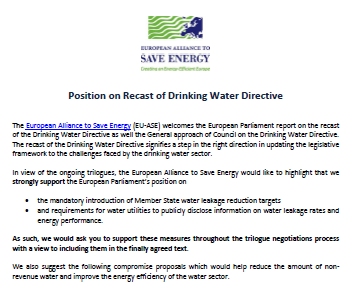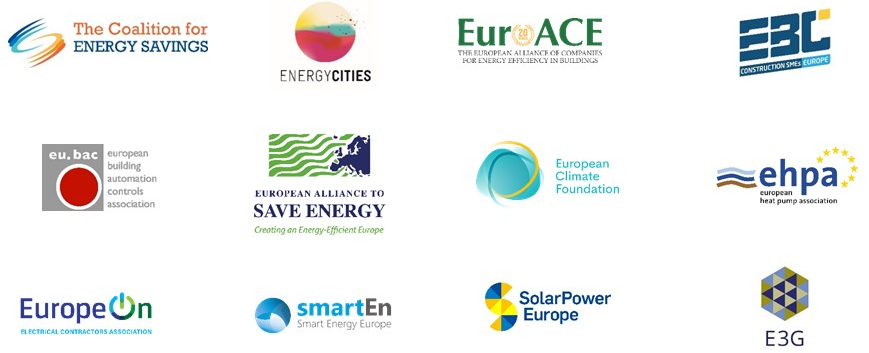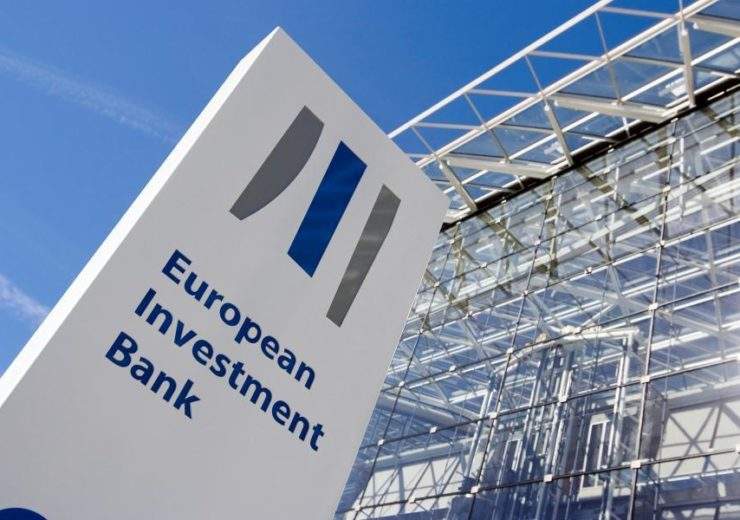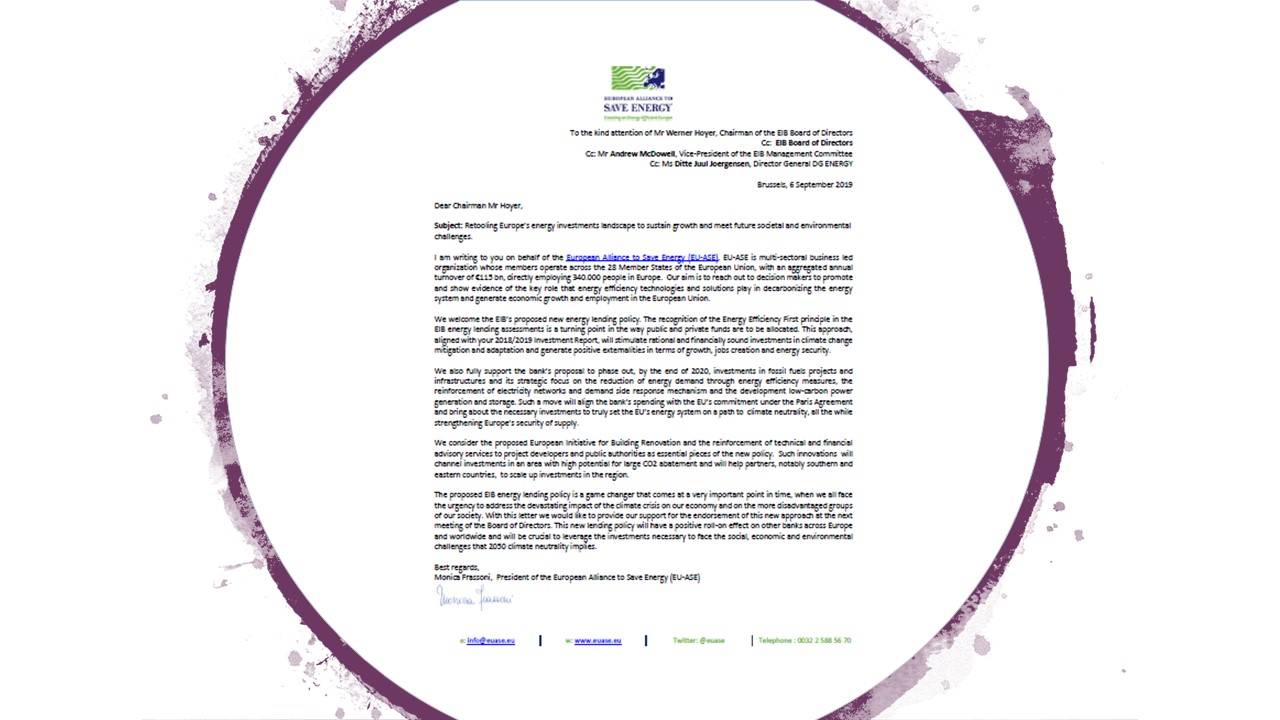This decade must be a turning point, the moment when the world bends the curve, averts impending climate and biodiversity disasters and opts instead to embark on the fastest economic transformation in our history. We therefore believe that financial institutions and businesses must align their operations with the objectives of the Paris Agreement and shift capital away from high- carbon investments by2020. As such, we applaud the great leadership of the European Investment Bank (EIB) and its Management Committee in publishing a more ambitious draft energy lending policy in July 2019 and welcome the recognition that net-zero emissions are necessary to stay within 1.5 degrees of global warming.
Your aspiration to “stop lending to fossil-fuel energy projects by the end of 2020” and focus on the “energy efficiency first principle”, renewable energy and the necessity to support a “just transition” for workers in high-carbon sectors, has sent an important signal to financial markets and institutions across the globe. Your progressive leadership will set an historical example, and we will work to ensure that other institutions like yours follow by making similar immediate-term commitments to a sustainable future.
If the EIB is to become a genuine climate bank and play a pivotal role in a European Green Deal, and in European lending policy across all financial institutions, then it must not subsidise fossil fuel projects whose lifetimes are likely to extend into the second half of this century.
We hope and expect that the EIB will deliver on its plans and swiftly confirm this level of ambition in its policy, in support of the goal of climate neutrality as the target for all future investment decisions of the EIB.
This is a unique opportunity for the EIB – the EU Bank – to help avert climate breakdown, by putting itself at the heart of Europe’s transition to a fossil-free economy and show real leadership.
The signatories of this letter assure you of their support in the phase-out of public lending to fossil fuel projects and the shift to low-carbon public and private investments.
We offer our assistance to the EIB in implementing the 2020 deadline and will work with other financial institutions to ensure they follow your lead.
Our sincere regards,
The Club of Rome
AQAL Group
B-CORP
BIOENERGY EUROPE
CBI
CLGEurope
E3G
EBAN
EGEC
EHAP
Equality Moonshot
EREF
ESTELA
EUREC
EUROACE
European Alliance to Save Energy
FNG
FORUM Nachhaltiges Wirtschaften
GABV
GLS Bank
OCEAN ENERGY EUROPE
PIK
PIRAEUS BANK
SOLAR HEAT EUROPE
TBLI Group
TRIODOS
UNPRI
WAM Wermuth Asset Management
WBGU Germany Advisory Council on Global Change
We Mean Business





